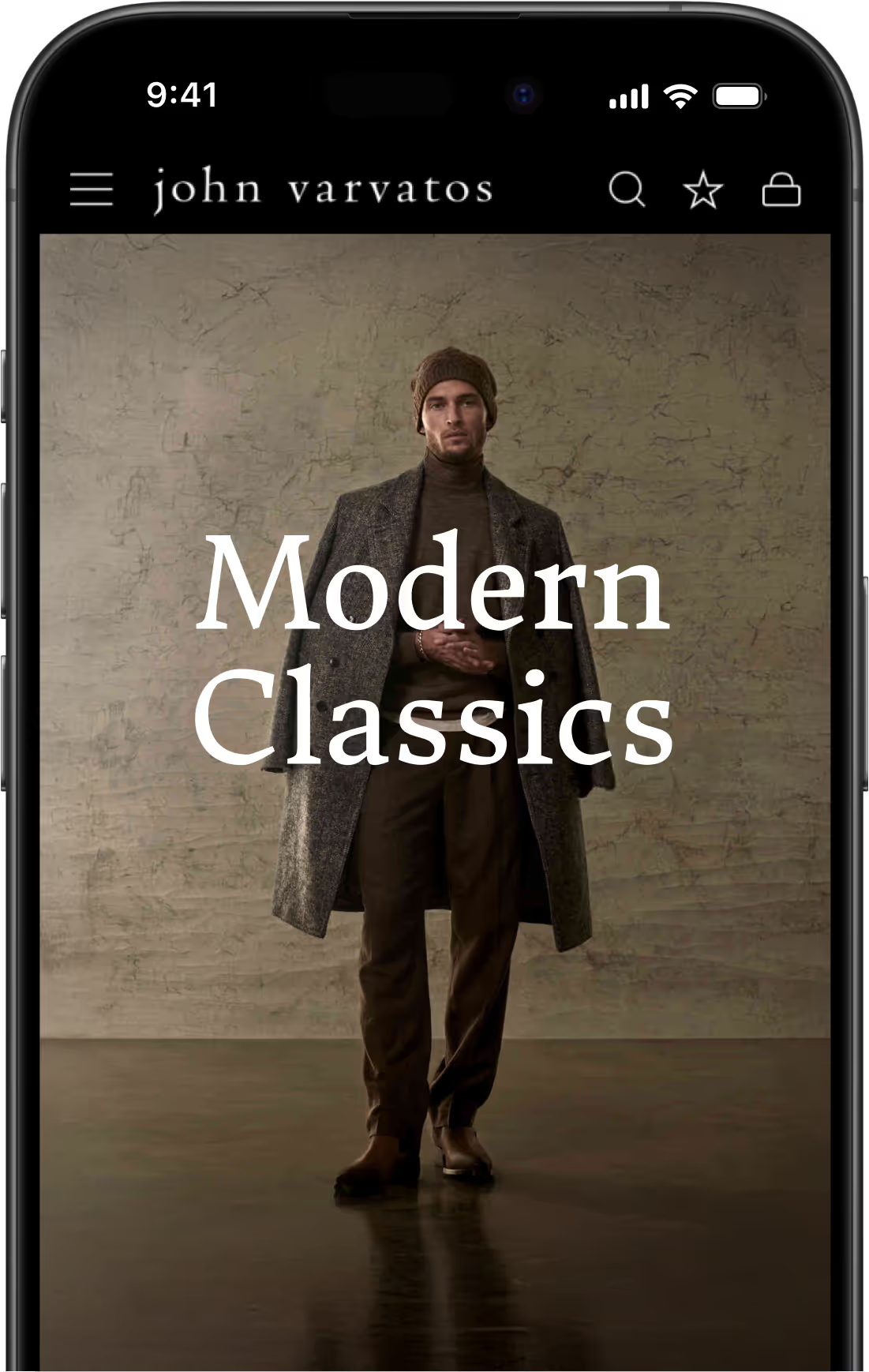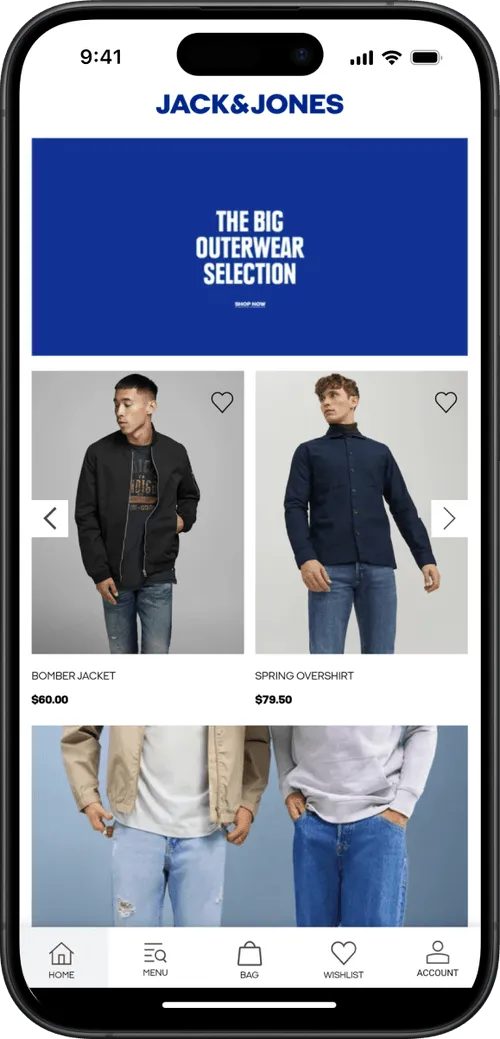How to Increase AOV in Ecommerce: Lessons from Beauty Brands
When we think about growth, we often think – more customers, more leads, more new business.
That’s important, sure. But what about getting more from the customers you already have?
That’s where AOV (Average Order Value) comes in.
What is AOV?
What is AOV in ecommerce? AOV is the average dollar amount a customer spends per transaction.
It’s an important metric because increasing AOV directly impacts revenue without necessarily increasing traffic. While many brands try to get a higher AOV through discounts or aggressive upsells, others take a different approach: they focus on experience, emotion, and strategic design.
In beauty, purchases are highly emotional and often habitual. Beauty brands understand the importance of creating strategies that make customers want to stay longer, engage deeper, and yes, spend more.
As a private label cosmetics manufacturer, Selfnamed has a front-row view of how thousands of beauty brands increase AOV without purely relying on discounts or gimmicks. In this post, we’ll share how you can apply similar tactics to your ecommerce business.
Emotional Connection Equals Higher Basket Size
Beauty brands understand that purchasing decisions are deeply emotional. By creating strong personalization and brand storytelling, they inspire customers to buy more, repeatedly.
Let’s list some specific brand storytelling tactics with examples.
Ritual-based marketing
Glossier doesn’t just sell skincare, they sell a feeling.
Their “Skin First, Makeup Second” mantra transforms a simple moisturizer into a self-care moment. It becomes a part of a morning ritual that signals confidence and calm before the day starts.
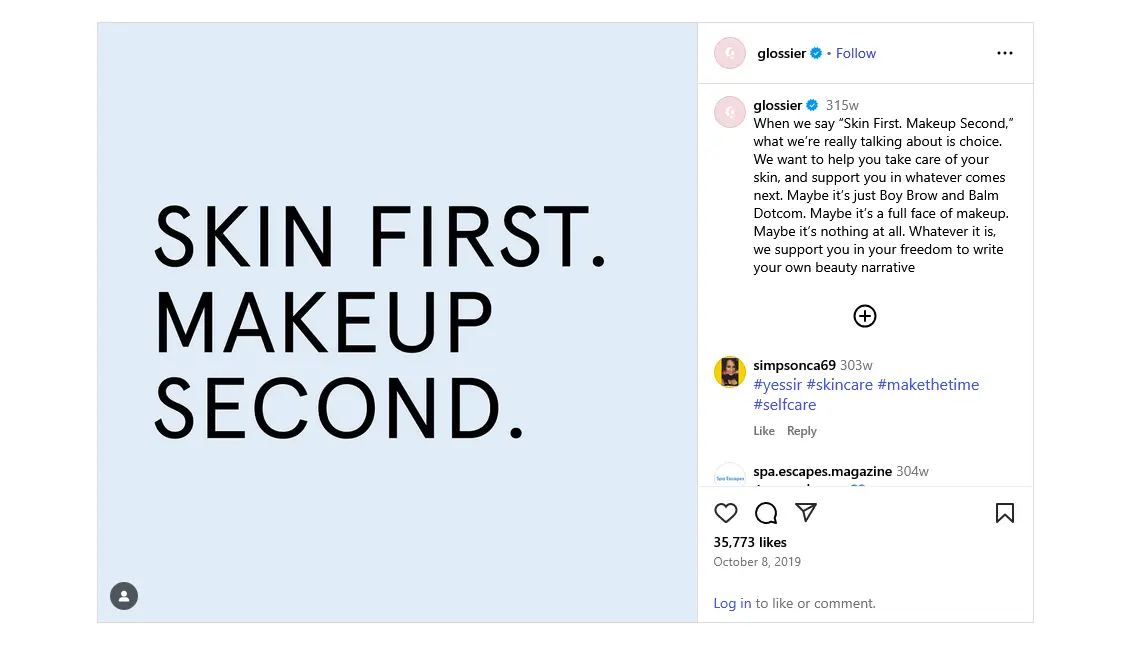
When customers see your product as part of their identity or daily rhythm, they continue to come back for it.
For your brand, think about how your product fits into someone’s routine or lifestyle. Can it become a habit? A ritual? That’s where emotional loyalty starts to build.
Sample sets
The Ordinary and Drunk Elephant both understand the value of curiosity. Their discovery kits and minis invite customers to try multiple products without the pressure of a full-size commitment.
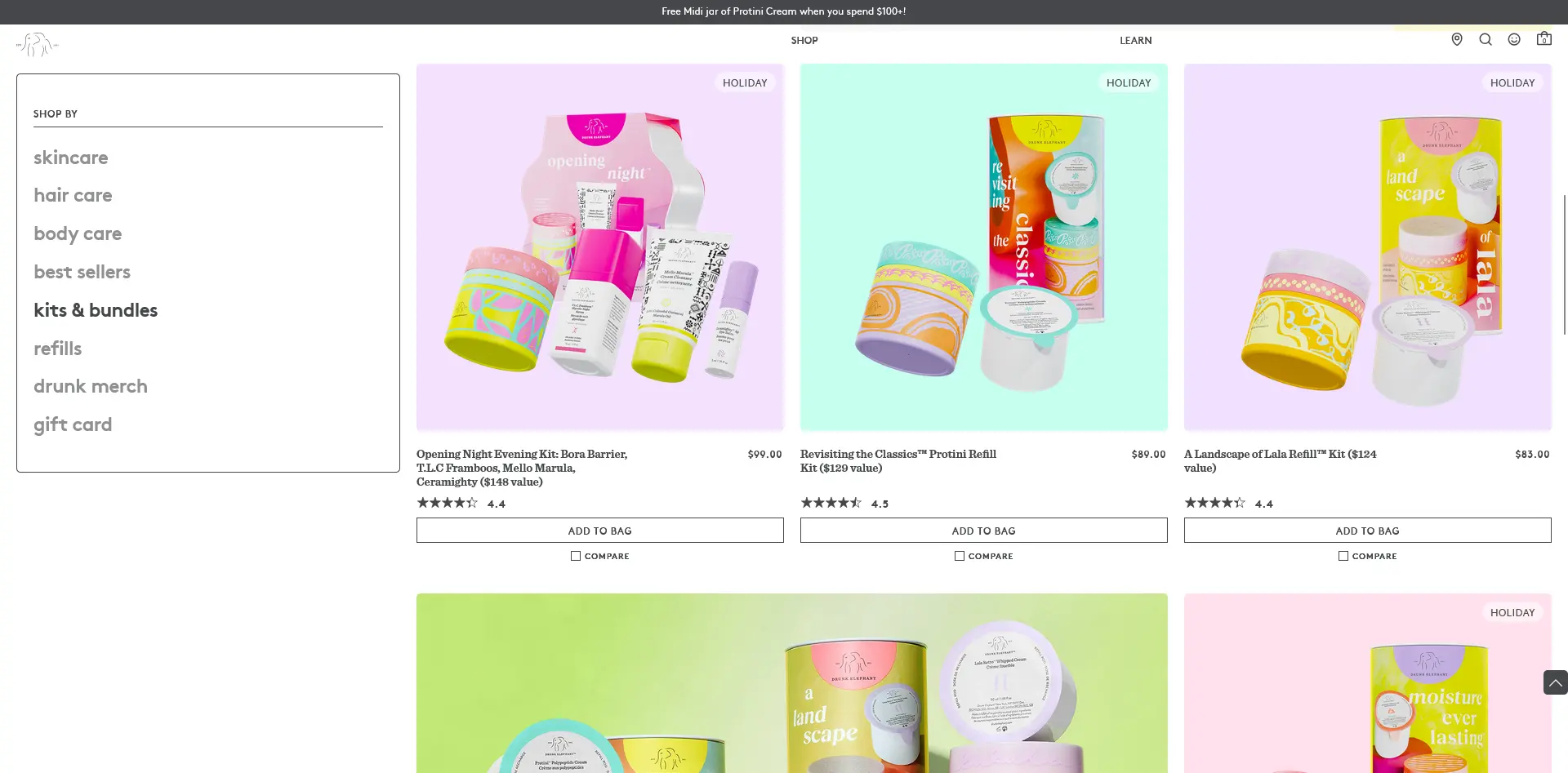
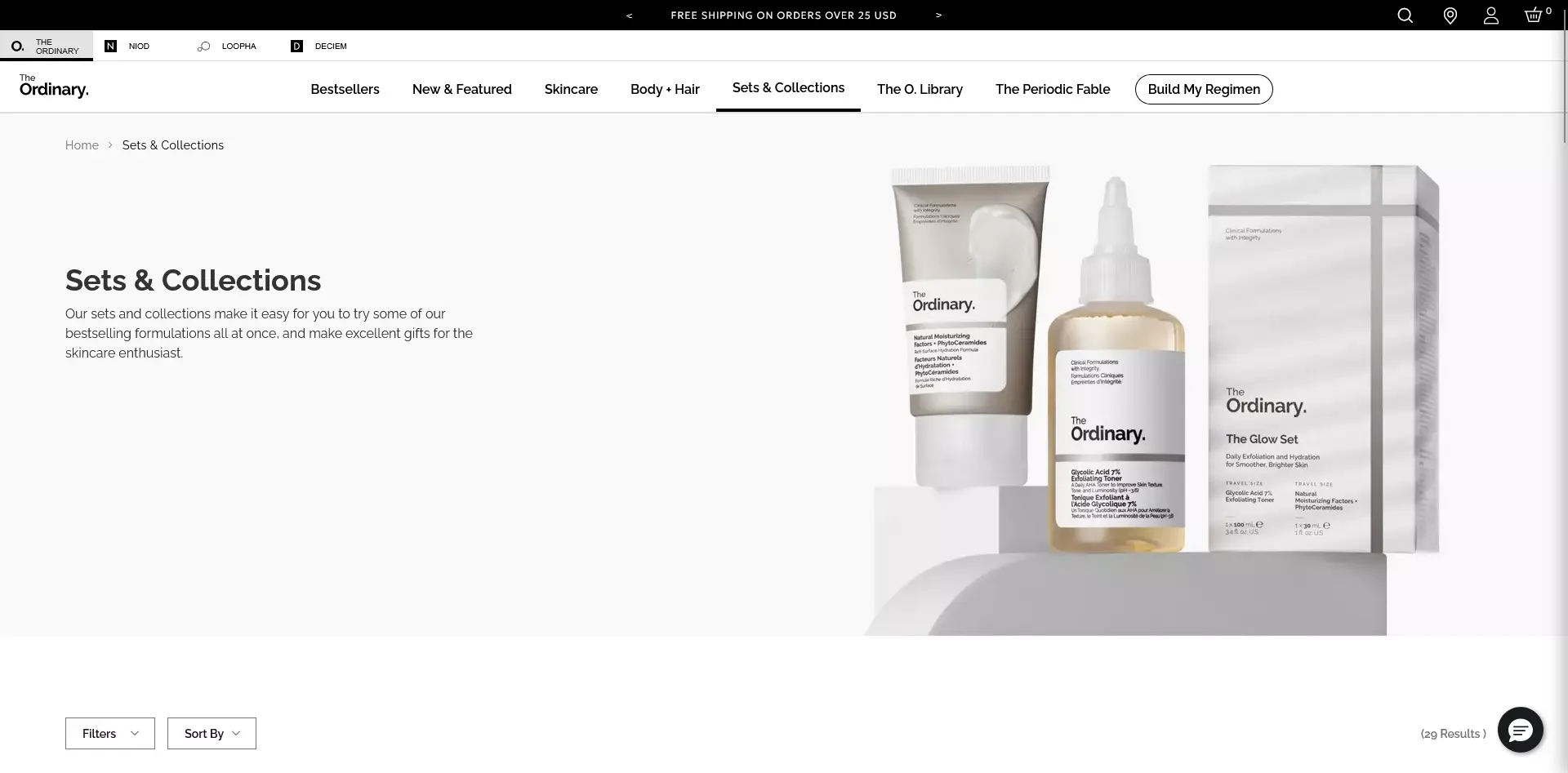
This is a smart, playful and low-risk strategy. And once someone finds a product they love, upgrading to full-size feels like a natural next step.
Think of this as offering a taste, not the whole meal. Whether it’s trial sizes, starter bundles, or limited-time samplers, giving customers room to explore builds trust. And trust leads to bigger baskets down the line – another proven method to increase AOV.
Community-driven storytelling
As we mentioned earlier, it’s usually the feeling a product or brand creates that makes someone hit “add to cart.”
In the case of Rare Beauty and Glow Recipe, it’s a feeling of belonging. Both brands lead with honesty, emotion, and community.
Rare Beauty invites people to talk about self-expression and mental health, not just makeup. Glow Recipe builds confidence around natural skin and self-love, celebrating real people over perfection.
The result? Their communities share routines, stories, and progress with pride, turning customers into advocates. It’s marketing that doesn’t feel like marketing at all.
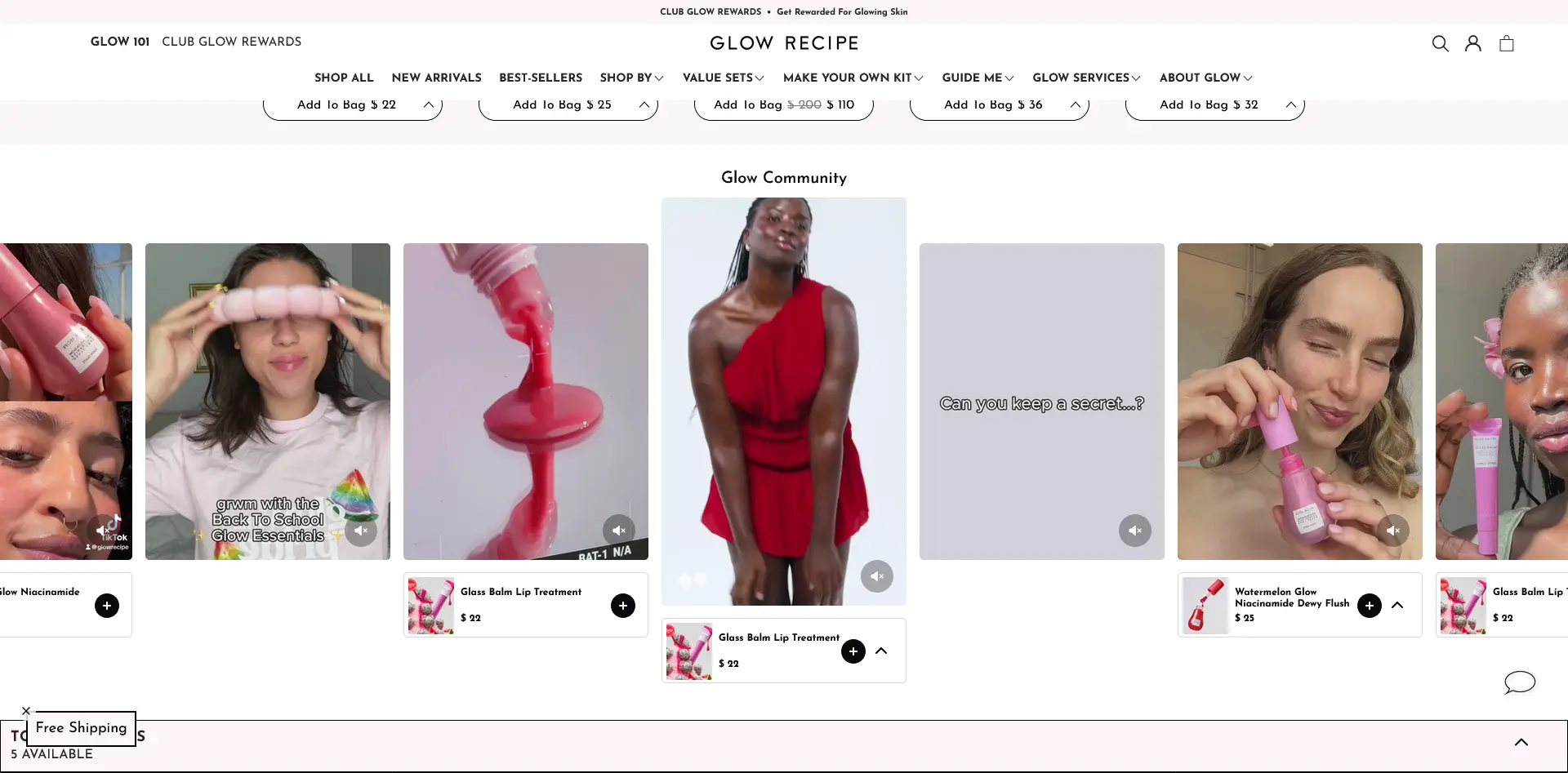
Your story doesn’t have to be about beauty to be powerful. Share your “why.” Celebrate your customers. Ultimately, give them a voice and a reason to feel part of something bigger. When people see themselves reflected in your brand, they engage more deeply, return more often, and spend more willingly.
Brands that reinforce these experiences through mobile apps or mobile-first experiences (like those powered by MobiLoud) can take that connection further. And this creates a direct path to increased AOV.
Product Strategy That Encourages Add-Ons
Increasing AOV doesn’t have to feel pushy. Successful beauty brands leverage thoughtful product strategies that encourage add-ons organically.
What beauty brands commonly do is create bundles of products, where they group complementary products together.
Customers see the bundle as a complete solution, not just multiple purchases. For your businesses, this approach can work by pairing related items in a way that solves a problem or improves the experience. As a result, customers will naturally spend more per order.
Another strategy is discovery sets. The Ordinary and Glossier offer kits that let customers try multiple products at once. It’s low-risk, fun, and encourages experimentation.
Many businesses can also use this tactic. You can introduce sample-sized products or mini kits that showcase your range. When customers discover new favorites, they’re likely to return and buy full-sized versions.
Lastly, tiered pricing is a subtle but powerful way to increase AOV. Some beauty brands offer different product tiers (e.g. basic, mid, and premium) so customers can choose what fits their needs and budget.
Your business could do the same by creating clear value tiers or packages. It’s not about forcing a higher spend; it’s about letting customers feel smart about their choices, which naturally increases basket size.
As a private label cosmetics manufacturer, we know that giving brands flexibility in product formats, packaging, or customization options can make these strategies more effective. When customers feel they are getting something tailored or exclusive, they’re more likely to increase their spend.
Retention and Post-Purchase Experience
AOV grows most sustainably through repeat customers. Getting someone to buy once is easy. Getting them to come back (and spend more) is what separates okay brands from great ones.
Beauty businesses know this. That’s why they treat the post-purchase moment as the start of a relationship, not the end of a transaction.
Many beauty brands send follow-up messages that feel personal (even if they’re actually automated). Sephora is a great example here: their emails suggest complementary products based on what you’ve actually bought, not random cross-sells. It feels thoughtful, and it works.
They also use mobile notifications and app-based rewards to stay relevant between purchases. Glow Recipe’s app drops exclusive offers, early access, and skincare tips straight to a customer’s phone. This becomes part of their brand experience.
And then there’s loyalty programs. Ulta’s Ultimate Rewards and Sephora’s Beauty Insider have turned re-ordering into a game people want to play. Points, birthday gifts, early launches – it all keeps customers engaged in a way that feels rewarding.
A strong mobile channel can keep these relationships alive. And engaged customers won’t just return, but they’ll likely spend more per visit – another effective way to increase AOV in ecommerce.
Lessons for Every Brand
The takeaway is quite clear: there are many tactful ways you can grow AOV that don't involve discounts or hard upsells.
And from what we’ve seen, the beauty industry happens to be very good at it. Why? Because they focus on how people feel when they buy.
Successful beauty brands combine three things:
- Emotional connection
- Strategic product design
- Post-purchase engagement
They tell stories that make customers care, make it easy to add one more item to the cart, and invest in lasting connections, all of which strengthen their brand retention strategy.
The best part? You don’t need to sell beauty products to apply this. Whether you’re in fashion, wellness, home goods, or tech accessories, you can use a similar tactic.
Make shopping feel personal, valuable, and rewarding. Use your mobile channels to keep that relationship alive. And when customers feel seen and supported, they come back, and they spend more.
So yes, AOV is a growth metric. But done right, it’s also proof that your brand understands its customers deeply. It’s a win-win.
FAQs
Convert your website into a mobile app




